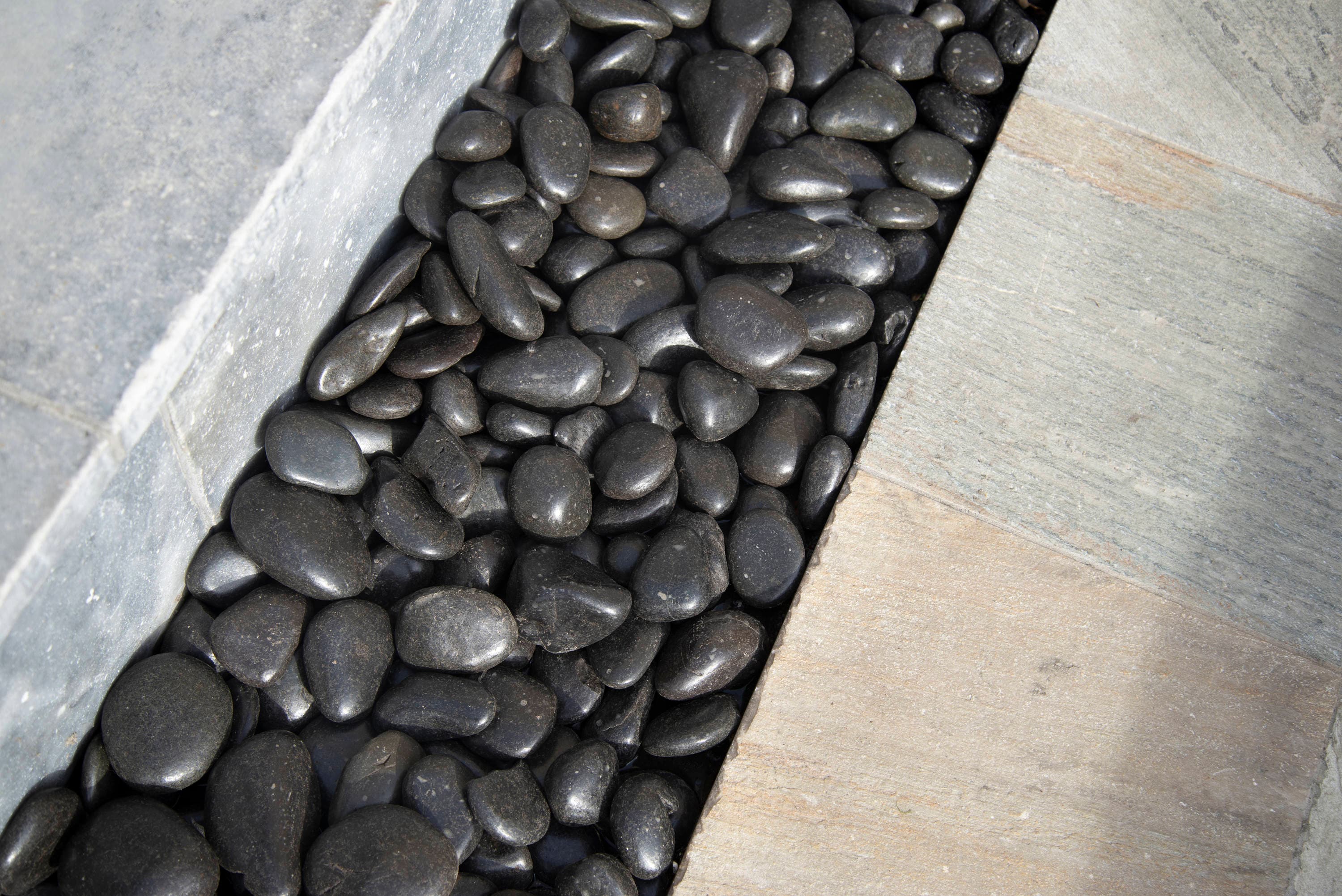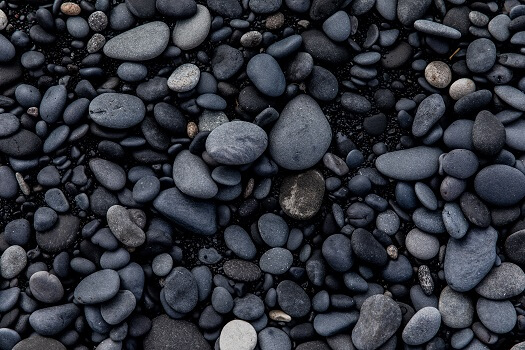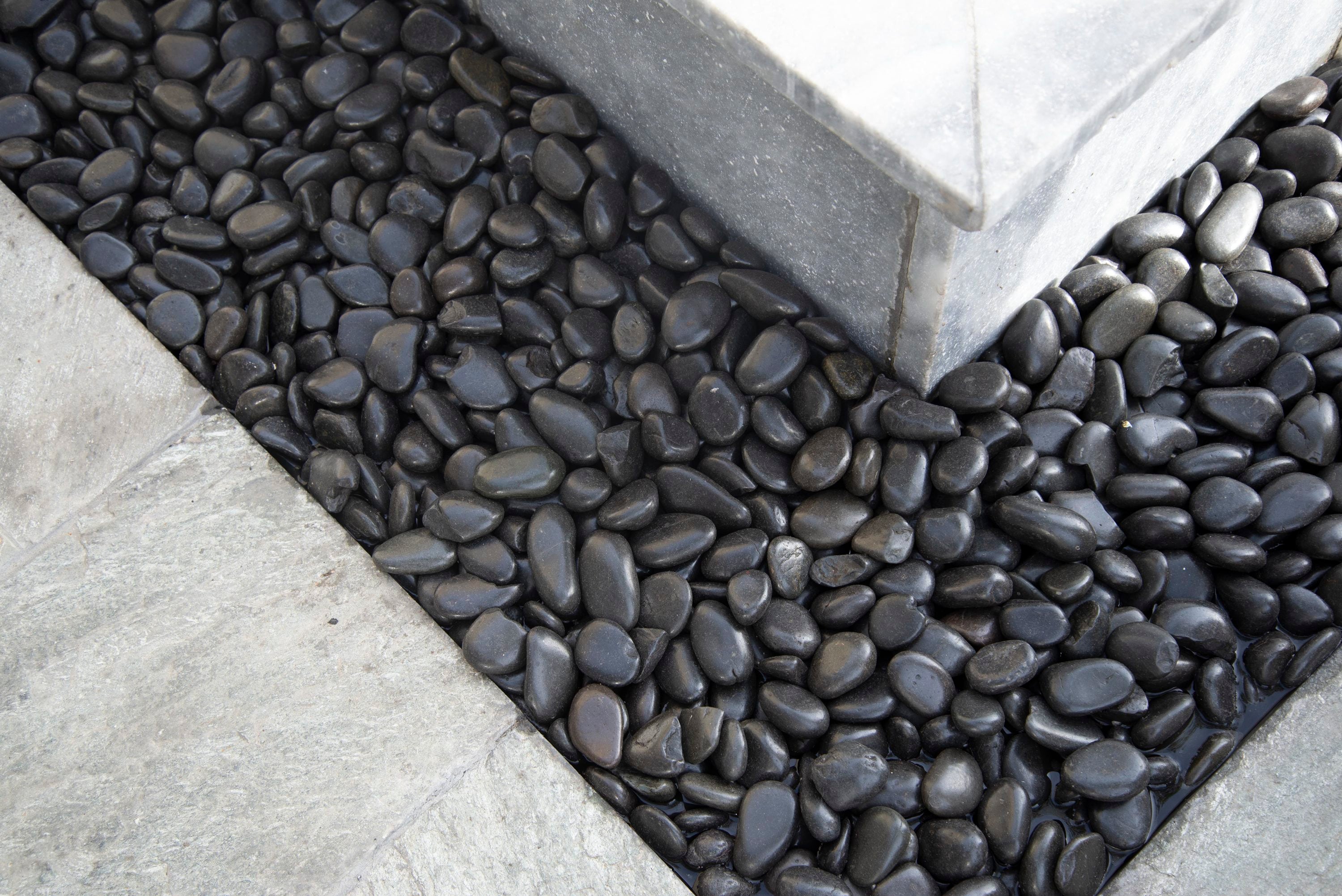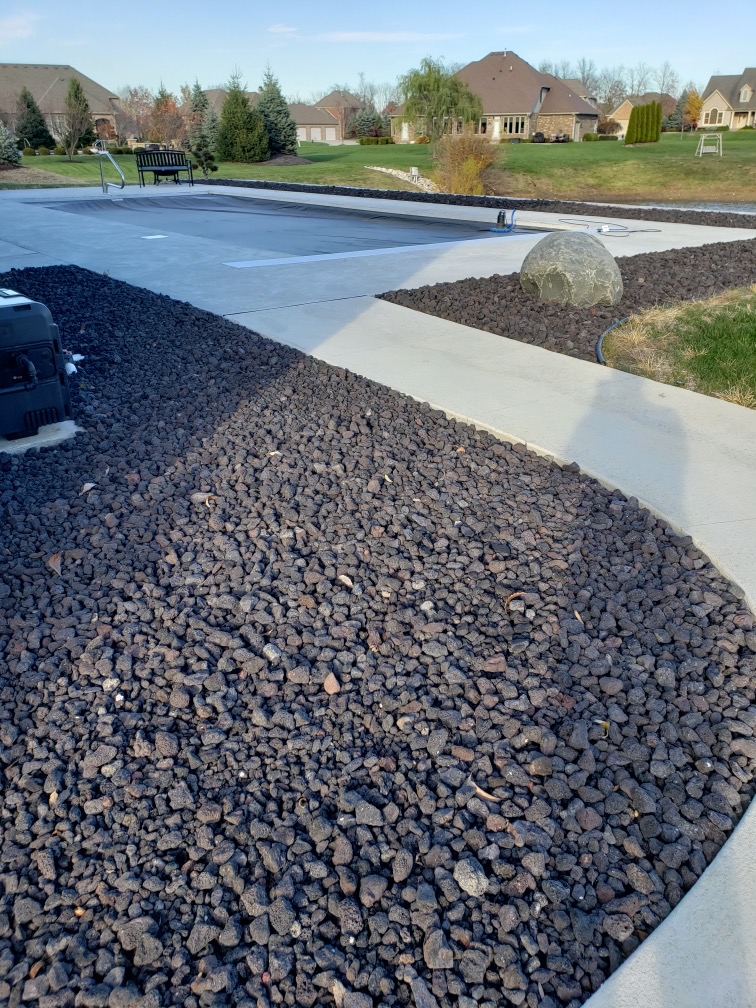Welcome to the ultimate guide on black decorative rock! As an avid gardener and landscape enthusiast, I have experimented with various materials, and black decorative rock has earned a special place in my heart. Not only does it provide a stunning visual contrast in any garden, but it also offers numerous benefits that can elevate your outdoor space. In this comprehensive article, we will explore everything you need to know about this versatile landscaping material.
What is Black Decorative Rock?
Black decorative rock is a type of landscaping material that comes in various sizes and shapes, typically made from basalt, obsidian, or other dark-colored stones. It is widely used in gardens, driveways, and pathways, offering both aesthetic and practical benefits.
Why Choose Black Decorative Rock?
Choosing black decorative rock for your landscape design can provide several advantages:
- Aesthetic Appeal: The deep black color creates a striking contrast against vibrant greenery and colorful flowers.
- Versatility: Suitable for various applications, including ground cover, water features, and decorative borders.
- Durability: Resistant to weathering and long-lasting, making it a cost-effective choice for landscaping.
- Low Maintenance: Unlike organic materials, decorative rock does not require constant replacement.
Types of Black Decorative Rock
Black decorative rock comes in various forms, each offering unique characteristics. Here are the most popular types:
1. Black Basalt Gravel
This is a volcanic rock that is crushed into small pieces, making it ideal for pathways and driveways. Its rough texture helps prevent slipping.
2. Black Obsidian Chips
A natural volcanic glass, obsidian is polished and can be found in larger pieces. It adds a touch of elegance to any landscape, especially around water features.
3. Black Lava Rock
Lava rock is lightweight and porous, which allows for better drainage in garden beds. Its irregular shape adds texture to landscapes.
Comparison Table of Black Decorative Rocks
| Type | Size | Durability | Best Use |
|---|---|---|---|
| Black Basalt Gravel | 3/8″ to 1″ | Highly durable | Paths, driveways |
| Black Obsidian Chips | 1″ to 3″ | Durable but brittle | Decorative borders, water features |
| Black Lava Rock | 1″ to 4″ | Very durable | Garden beds, fire pits |

Using Black Decorative Rock in Your Landscape
Now that you know the types of black decorative rock, let’s explore how to effectively incorporate them into your landscape design.
Creating Paths and Walkways
Black basalt gravel is perfect for creating stunning paths. It encourages walking while staying firmly in place, reducing the chances of weeds growing between the stones.

Enhancing Flower Beds
A layer of black lava rock can make your flower beds pop. Its dark color offsets the bright colors of your flowers, making them stand out beautifully.
Steps to Create a Flower Bed with Black Decorative Rock
- Clear the area of any existing plants and debris.
- Lay down landscaping fabric to control weed growth.
- Pour a generous layer of black decorative rock over the fabric.
- Add your desired plants into the soil around the rocks.

Water Features
Black obsidian chips can create a dramatic effect around ponds or fountains, giving your outdoor space a serene and elegant ambiance.
Installation Tips for Black Decorative Rock
Installing black decorative rock is straightforward, but a few tips can enhance your results:

1. Choose the Right Size
Consider the application—smaller rocks are suitable for paths, while larger ones may work better as accents.
2. Prepare the Ground
Ensure the ground is level and free of weeds to prevent them from breaking through the rock layer.

3. Use Landscape Fabric
Laying landscape fabric beneath the rock can minimize weed growth and keep your decorative stones in place.
Pro Tip
Using edging materials can help define the area and keep the rocks contained.

Maintaining Black Decorative Rock
While black decorative rock requires minimal maintenance compared to organic materials, there are still some steps to keep it looking its best:
1. Regular Cleaning
Periodically, a light rinse with water can help remove dirt and debris that may accumulate.

2. Weed Control
Weeds can still grow if they are not kept in check. A simple hand-pulling or application of a weed killer can help.
3. Refreshing the Rock
Over time, rocks can become covered in dust and dirt. Adding a fresh layer can refresh the appearance.
Pros and Cons of Black Decorative Rock
As with any landscaping material, black decorative rock has its advantages and disadvantages. Here is a quick breakdown:
Pros
- Low maintenance.
- Extremely durable.
- Versatile for various landscaping applications.
- Adds a modern touch to outdoor spaces.
Cons
- Can be more expensive than traditional mulch.
- Heat absorption may lead to higher soil temperatures.
- May require effort to install, especially for larger projects.
Frequently Asked Questions (FAQs)
1. How much black decorative rock do I need?
The amount you need depends on the area you intend to cover. A standard rule of thumb is to buy about 1 ton of rock for every 100 square feet, assuming a depth of around 2 inches.
2. Can I use black decorative rock in a garden with heavy foot traffic?
Yes, black basalt gravel is excellent for high-traffic areas due to its durability and rough texture, but larger stones like obsidian chips can become dislodged.
3. Is black decorative rock safe for pets?
Generally, yes. Black decorative rocks are natural and safe for pets, but ensure that larger sharp pieces are not present to avoid any potential injuries.
4. How do I incorporate black decorative rock into an existing garden design?
Consider using it as a border, adding to flower beds for contrast, or creating a decorative path. The key is to balance the rock with other landscape elements.
5. Can black decorative rock help with drainage?
Yes, using porous types like black lava rock can improve drainage in garden beds, allowing for better moisture control.
Conclusion
Black decorative rock is a fantastic choice for enhancing your landscape design. Its aesthetic appeal, durability, and low maintenance make it an ideal material for various applications. Whether you’re creating pathways, enhancing flower beds, or designing water features, black decorative rock can transform your outdoor space beautifully. Embrace your creativity and get started on your landscaping project today!